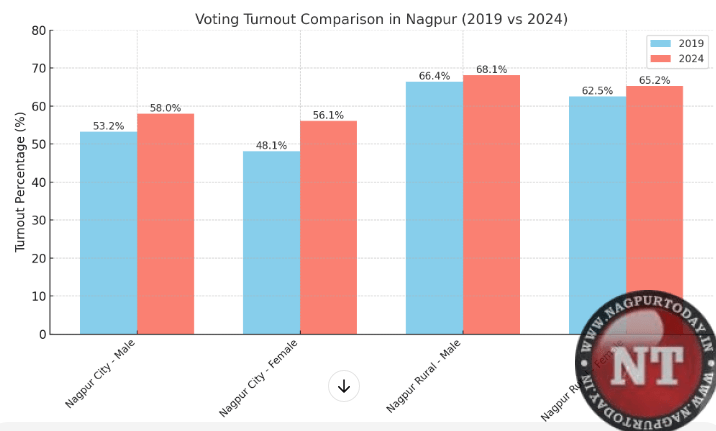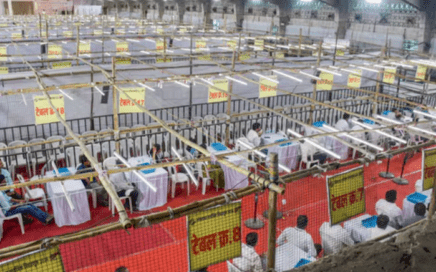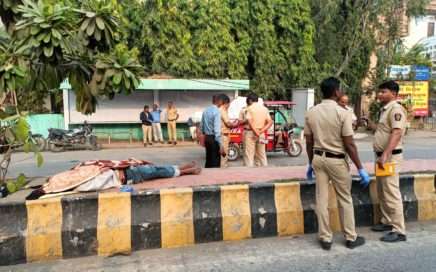Nagpur: The 2024 Assembly elections in Nagpur district saw a significant 5.57% rise in women voters’ turnout compared to 2019, with the increase more pronounced in urban constituencies than in rural areas. This surge is being largely attributed to the impact of the Ladki Bahin Yojana, a welfare initiative aimed at empowering women.
In Nagpur city, women voters’ turnout rose by an impressive 7.97%, compared to a 2.75% rise in rural areas. Men’s turnout also saw an uptick, with urban male voters recording a 4.8% increase and rural male voters showing a 1.7% rise.
Historically, women voters in Nagpur have led in voter registration but lagged behind men in turnout. The Ladki Bahin Yojana appears to have changed this trend, motivating more women to actively participate in the democratic process.
Voting statistics at a glance
2019 Elections:
* Nagpur Rural:
* Male Voters: 10,15,550 (Turnout: 66.42%)
* Female Voters: 9,46,498 (Turnout: 62.50%)
* Nagpur City:
* Male Voters: 11,19,371 (Turnout: 53.19%)
* Female Voters: 10,89,901 (Turnout: 48.11%)
2024 Elections:
* Nagpur Rural:
* Male Voters: 10,84,076 (Turnout: 68.12%)
* Female Voters: 10,58,859 (Turnout: 65.25%)
* Nagpur City:
* Male Voters: 11,79,814 (Turnout: 57.99%)
* Female Voters: 12,02,956 (Turnout: 56.08%)
Key Insights:
• Women in Nagpur city exhibited a stronger turnout (56.08%) compared to their 2019 figures (48.11%).
• Rural women’s turnout also saw an increase, rising to 65.25% from 62.50% in 2019.
• Male voter turnout, though lower than women’s, also displayed steady growth, reflecting an overall increase in voter enthusiasm.
Impact of Ladki Bahin Yojana
The Ladki Bahin Yojana, introduced to uplift and empower women, appears to have significantly influenced urban women voters. The scheme’s focus on addressing women’s needs and creating awareness about their role in governance is being credited for the increase in turnout.
The rise in women voters’ participation highlights a positive shift towards greater gender inclusivity in the electoral process. It also underscores the importance of targeted welfare schemes like the Ladki Bahin Yojana in mobilizing underrepresented groups.
With women’s turnout steadily catching up to their registration numbers, the electoral landscape in Nagpur is witnessing a transformation that could reshape future political dynamics.
















